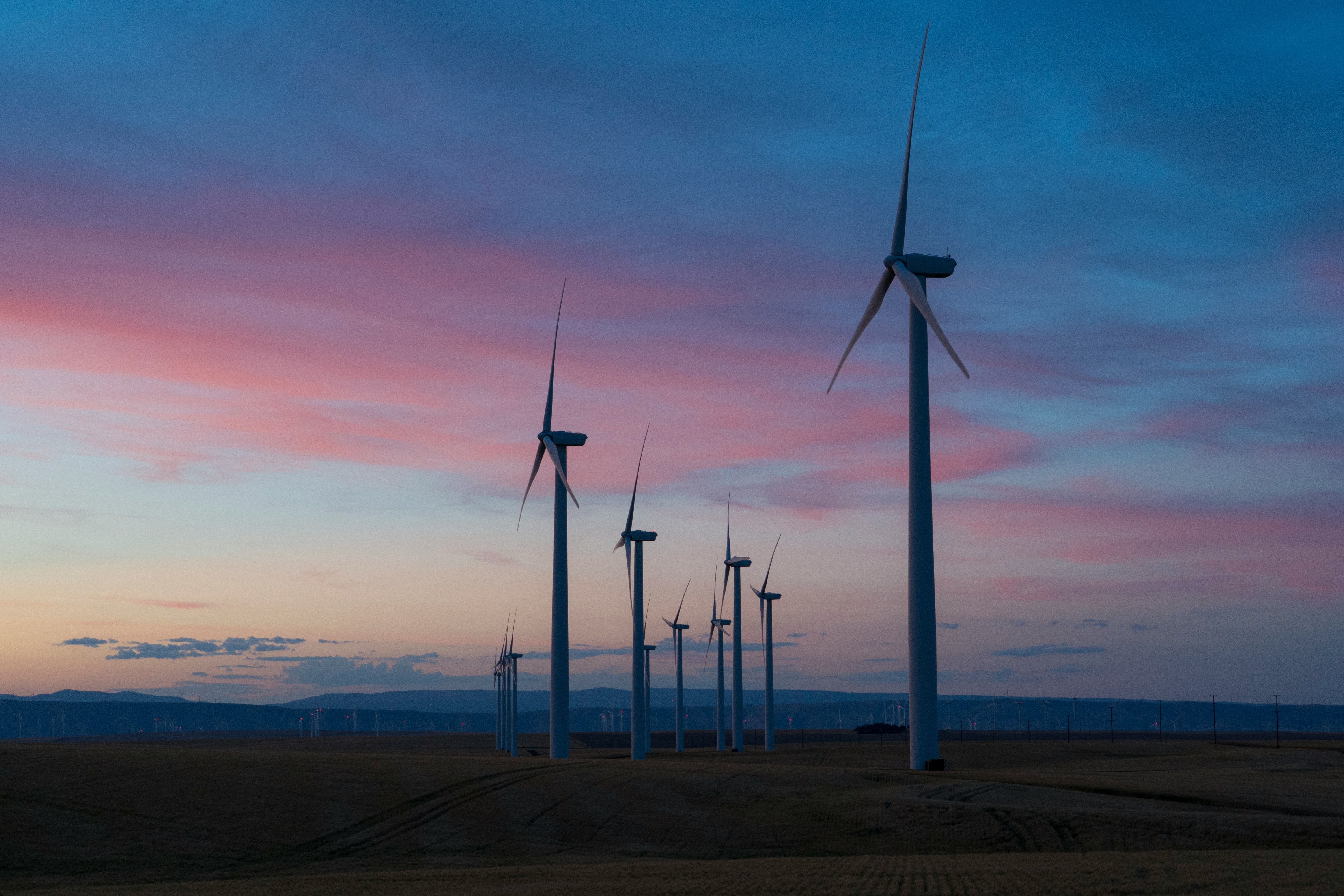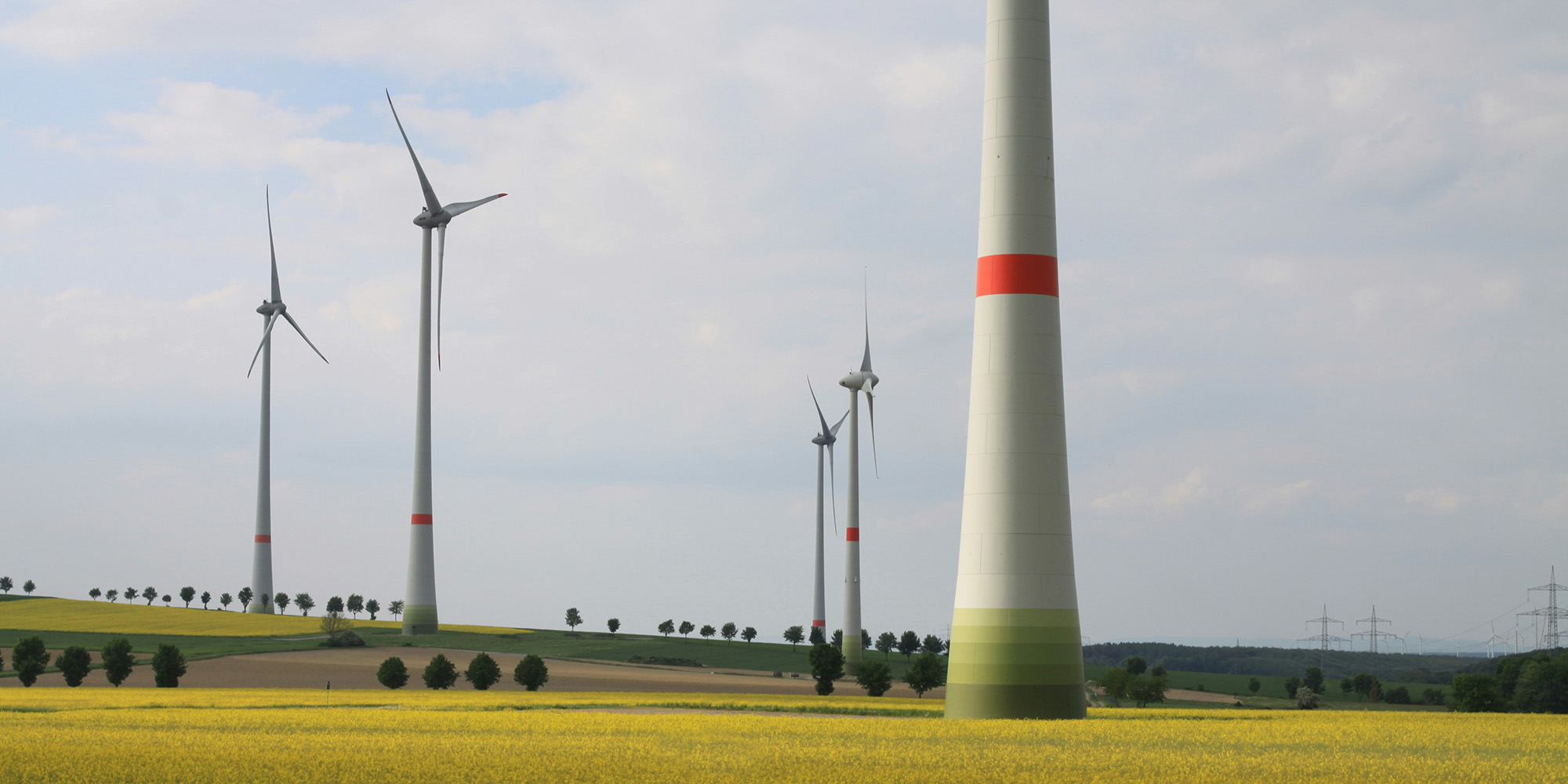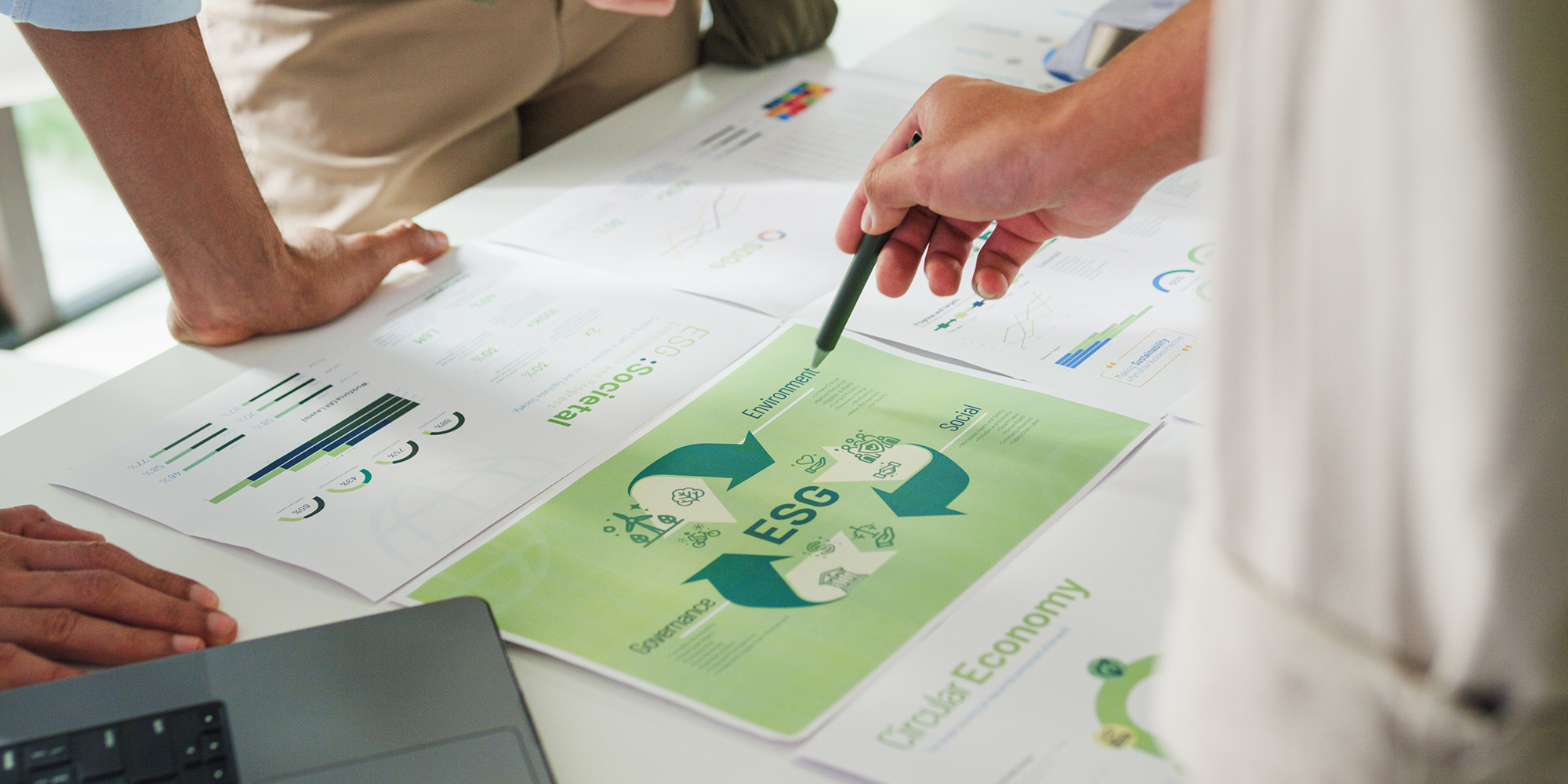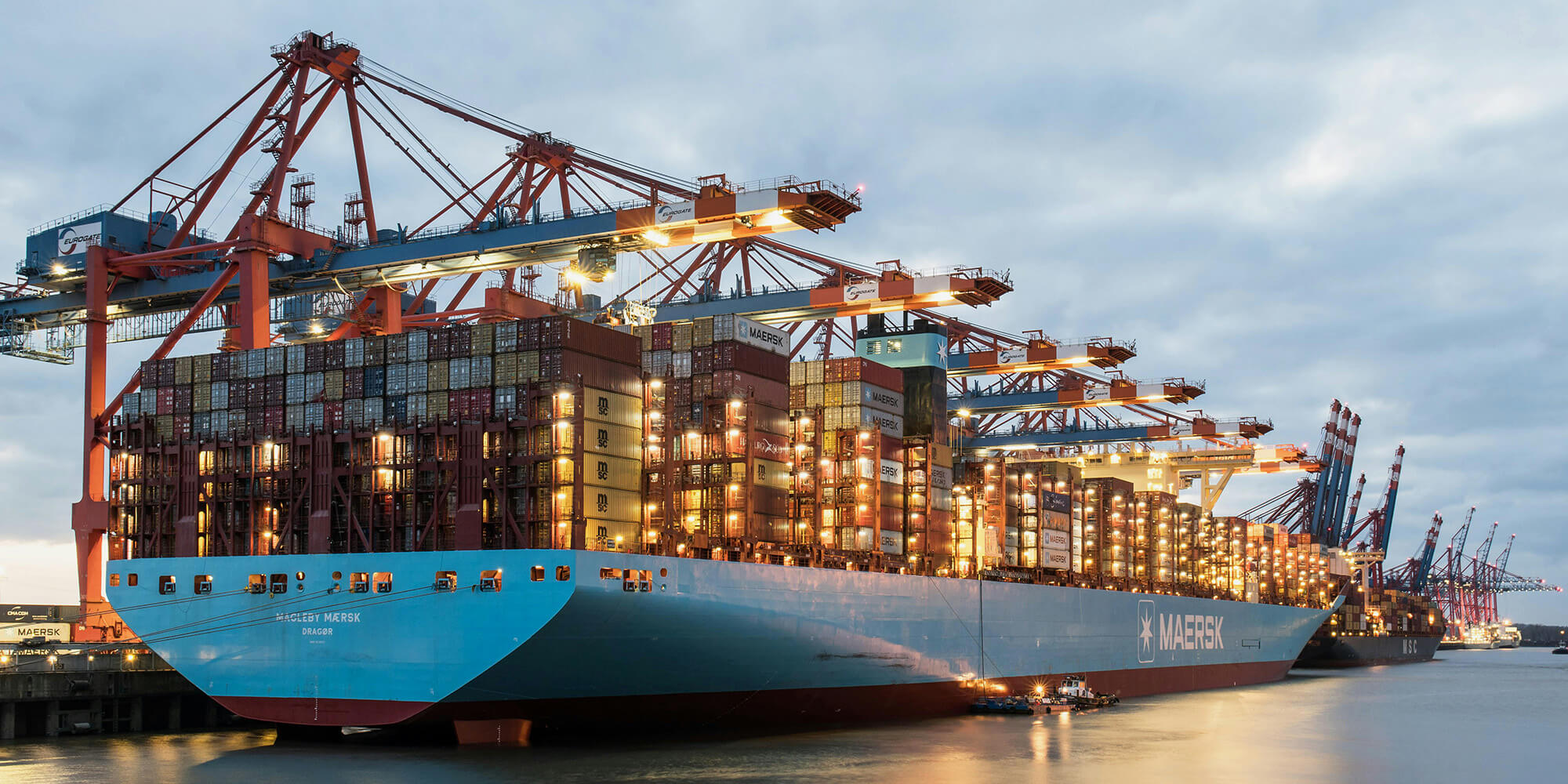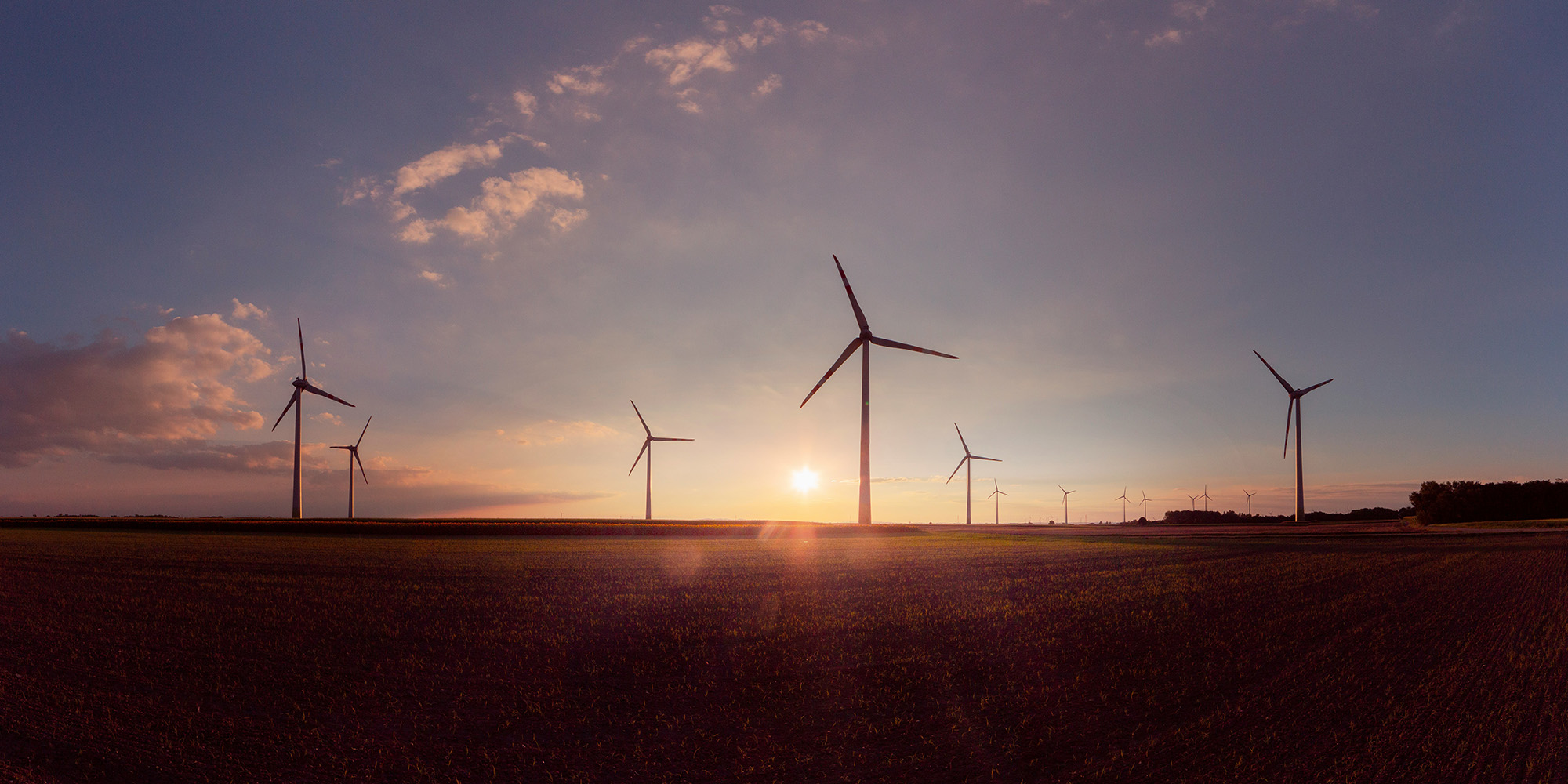In this article:
- What is Scope 3.1?
- Do I need to know the individual carbon footprint of my purchased goods to start acting on Scope 3?
- Why is electricity a good place start Scope 3 decarbonisation?
- What data do I need to start using renewable electricity in my supply chain?
- How can I speed up the adoption of renewable energy in my supply chain?
Decarbonising a supply chain is no easy feat. Suppliers often number thousands and are spread across the globe, emissions data is difficult to obtain, and encouraging partners to act can be challenging. So, why do companies do it, and where is a good place to start? Should you wait until you know the exact emissions of the products you buy?
Here, we explain why the best way to tackle daunting Scope 3 is to remember that action beats perfection — and why electricity might be the ideal place to get the ball rolling.
What is scope 3.1?
According to the Greenhouse Gas Protocol (GHG-P), Scope 3.1 is the share of supply chain emissions that refers to purchased goods and services. This includes all upstream emissions from the production of goods and services that an organisation purchases.
Upstream emissions are often called "cradle-to-gate," which comprises the emissions of a product from raw material extraction to the point when the product is delivered to you. This category is often one of the largest sources of emissions for companies, especially in sectors like retail, manufacturing, and services. Therefore, it is an accessible and impactful entry point to Scope 3 decarbonisation
Do I need to know the individual carbon footprint of my purchased goods to start acting on Scope 3?
The short answer is no. Estimating the emissions of individual products is a massive undertaking — a commendable one, too. There are solid examples of companies that have calculated product carbon footprints (PCF), which estimate the cradle-to-grave emissions of a product. However, these often take years to complete and require a concerted, sustained, and gradual effort.
More often than not, companies that reach this level of sophistication did not wait for a PCF before acting. For example, tech leader Logitech, which has an excellent product decarbonisation programme, began working with suppliers on purchasing renewable electricity while refining emissions data.
We cannot emphasise this enough: perfect information on product carbon footprints is not necessary to begin progress on Scope 3. When thinking whether you need to wait before starting to act, consider this:
- Supplier decarbonisation programmes often take a long time to build and scale. The earlier you begin, the faster you'll make progress.
- Waiting for full clarity on the product level may delay much-needed climate action and prevent organisations from taking crucial steps—both to engage suppliers and to reduce emissions.
- Product carbon footprints are a good goal which can be developed in parallel to Scope 3 decarbonisation efforts.
Why is electricity a good place to start Scope 3 decarbonisation?
When it comes to reducing emissions, electricity is low-hanging fruit. Here are some reasons why electricity is a good place to start with Scope 3 decarbonisation:
- Of all the emissions within Scope 3, electricity-related ones are among the easiest to measure and reduce. Consumption data is often available, and sourcing renewables is feasible in most regions through various mechanisms, from unbundled Energy Attribute Certificates (EACs) to Power Purchase Agreements (PPAs).
- Electricity is also an effective entry point to address emissions in Scope 3.1, which, for many of Ecohz’ clients, these account for around 60% of total emissions.
- Decarbonising electricity use is an achievable first step to bring supply chain partners on board and build momentum. As you progress and gather more granular product-level data, emission reductions from renewable electricity can be factored into those calculations.
- Switching to renewable electricity is always impactful. Using clean energy — and encouraging suppliers to do the same — has a net positive effect and supports a crucial sector of the climate transition.
What data do I need to start using renewable electricity in my supply chain?
To start decarbonising electricity within Scope 3, companies essentially need three things:
- An inventory of suppliers and their locations
- Electricity consumption data from those suppliers
- A method for allocating a portion of that consumption to your products
Firstly, mapping suppliers’ locations and consumption will determine the renewable sourcing options available in each region.
Next, brand owners can estimate how much of that electricity is used to produce their goods, as they are unlikely to be the only client of a given supplier or factory. There are several ways to do this. The most common ones are:
- Spend-based: where the electricity share is proportional to the supplier’s revenue from the brand owner
- Units-based: where electricity is allocated based on the volume or share of units purchased (e.g., items produced, square metres of production space)
- Metering data: direct measurements from a dedicated production line
Based on these calculations, brand owners can set renewable energy targets and encourage suppliers to shift to clean electricity. This can unlock cascading impact, stimulating demand for clean energy far beyond an organisation’s own operations and achieving significant emissions reductions.
How can I speed up the adoption of renewable energy in my supply chain?
The key to Scope 3 success is collaboration. You are on this journey together with your suppliers, so the most effective approach is to guide them and simplify the process as much as possible. Providing training and access to easy procurement tools is a strong starting point.
Ecohz’ Renewable Energy Procurement Portal for Scope 3 streamlines how brand owners and suppliers work together. It enables companies to set renewable energy targets and track progress and allows suppliers to purchase EACs in a user-friendly, fail-safe environment. Importantly, it makes it possible to scale your efforts, using a single system globally.
Portal users also have access to upskilling materials covering the fundamentals of renewable energy procurement. And as momentum builds, Ecohz advisors are available to support every step of the way.
Scope 3 is arguably the most important step in a company’s decarbonisation journey. While it is not easy, the positive chain reaction it can trigger makes it well worth the effort. Renewable electricity can spark that transformation.


.png?width=3840&height=2560&name=Sun(1).png)

.png?width=3840&height=2560&name=Landscape_2(1).png)
